AI Technical Specifications
Mastering the AI Technical Specifications Doc Generator
Learn how AI streamlines the creation of detailed technical specs—from automating document structure to integrating engineering insights. Leverage ClickUp Brain's capabilities to produce precise specs in moments.
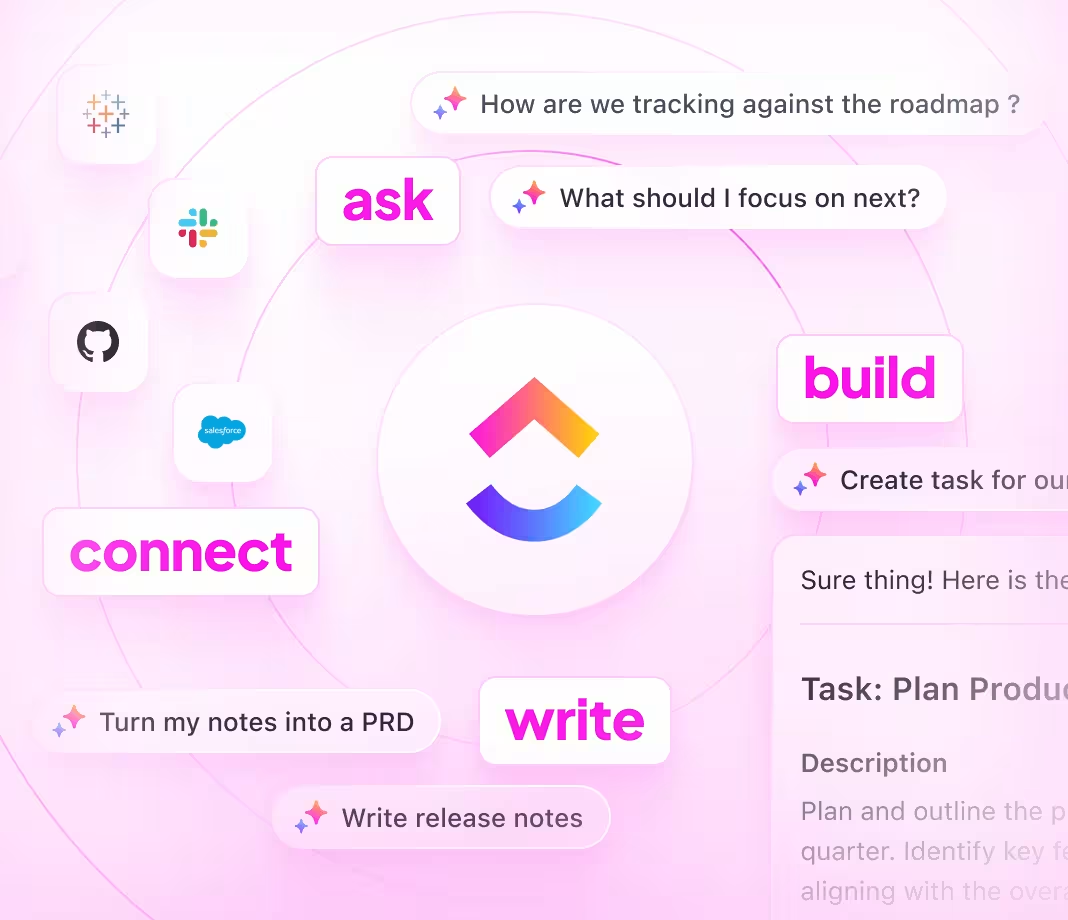
Trusted by the world’s leading businesses
AI-Powered Specification Writing
Understanding the AI Technical Specifications Doc Generator
An AI Technical Specifications Doc Generator automates the drafting of comprehensive technical documents essential for software development and engineering teams. Traditionally, crafting these specs required manual data collection, repetitive formatting, and constant revisions across multiple tools.
AI transforms this process by using natural language prompts and project data to produce accurate, well-structured specifications instantly. With integrations like ClickUp Brain, these docs become dynamic, connected resources that evolve alongside your project, ensuring your technical documentation is always aligned with real-time development progress.
ClickUp Brain vs Traditional Tools
Why ClickUp Brain Stands Out in AI Specification Generation
ClickUp Brain integrates deeply with your workflow, turning static docs into interactive, actionable specifications.
Conventional Specification Tools
- Isolated workflows: Specs are created separately, often requiring manual syncing with development tasks.
- Static documents: Outputs are PDFs or Word files that quickly become outdated.
- Manual updates: Each change demands re-editing and redistributing documents.
- Limited collaboration: Sharing versions leads to confusion and lost feedback.
- Single-source logic: Unable to synthesize data from multiple project facets dynamically.
ClickUp Brain
- Embedded in your environment: Specs are generated within ClickUp, linked to tasks, goals, and timelines.
- Real-time collaboration: Teams co-author and comment on specs simultaneously.
- Auto-refreshing docs: Specifications update as project details evolve.
- Robust permissions: Docs inherit workspace security protocols.
- Brain Max Extensions: Customize spec generation logic by integrating diverse data streams.
Step-by-Step Blueprint
How to Generate an AI Technical Specifications Document
Follow this structured process to harness AI for efficient, accurate technical specs that keep pace with your projects.
1. Collect Project Data Automatically
Traditional method: Manually gathering requirements, user stories, and design notes across tools.
With ClickUp Brain:
The AI extracts relevant details from tasks, comments, and linked documents, forming a comprehensive data foundation instantly. Simply prompt: “Generate specs for the new payment API module.”
2. AI Crafts Detailed Specifications
Traditional method: Writing specs from scratch or using templates, prone to inconsistency.
With ClickUp Brain:
AI interprets your project data, creating clear functional, technical, and integration requirements that reflect real workflows and dependencies.
3. Customize and Review Collaboratively
Traditional method: Exchanging multiple document versions via email or shared drives.
With ClickUp Brain:
Team members can edit, comment, and suggest changes live within the doc, ensuring alignment and faster iteration.
4. Keep Specs Synced and Updated
Traditional method: Constant manual updates lead to outdated or conflicting records.
With ClickUp Brain:
Specs evolve automatically as project timelines shift, tasks progress, or requirements change—maintaining a single source of truth.
Accelerate Specification Writing with AI
Eliminate manual overhead—create precise, up-to-date technical specs in seconds using ClickUp Brain.





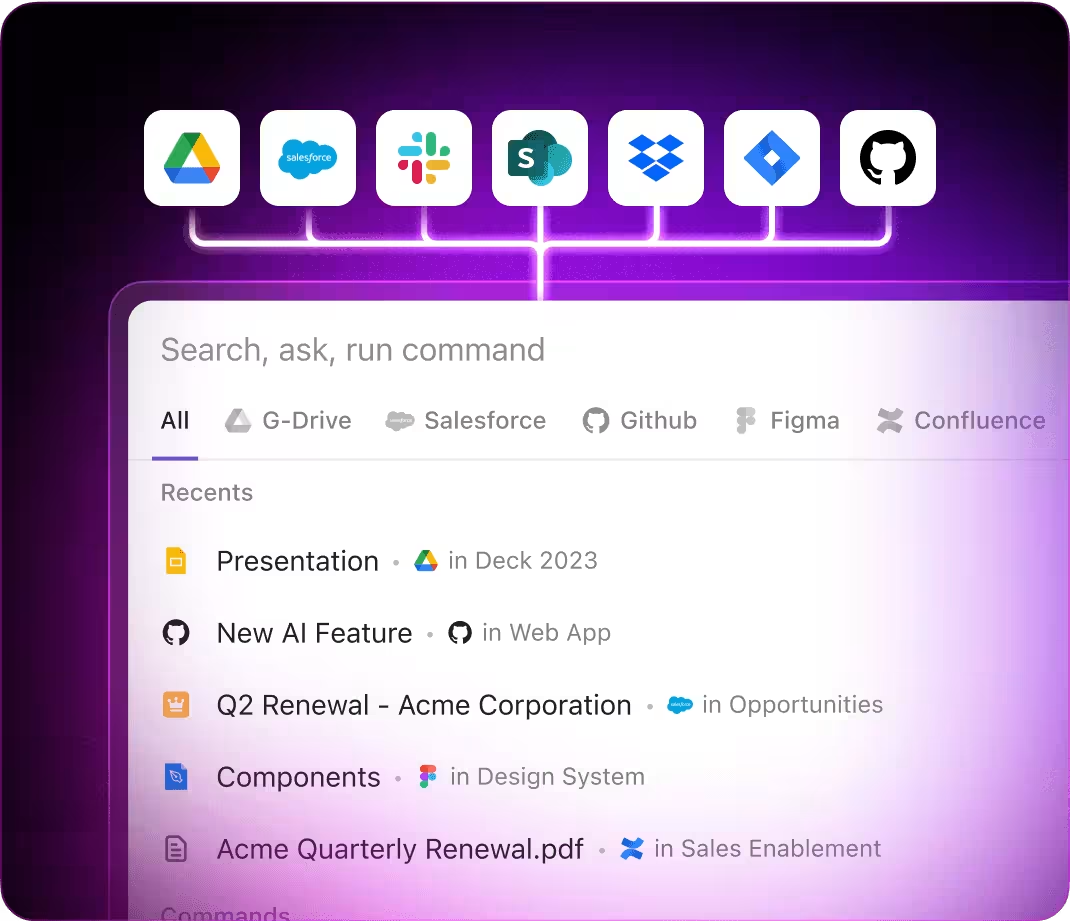
Use Cases
Three Key Use Cases for AI Technical Specifications Doc Generator
From startups to enterprise teams, see how AI-powered specs transform software development workflows.
Use Case 1
Rapid Feature Specification in Agile Teams
Product managers and developers use AI to quickly draft and iterate feature specs, syncing requirements directly with sprint backlogs.
This reduces ambiguity, accelerates planning sessions, and ensures everyone is aligned before coding begins.
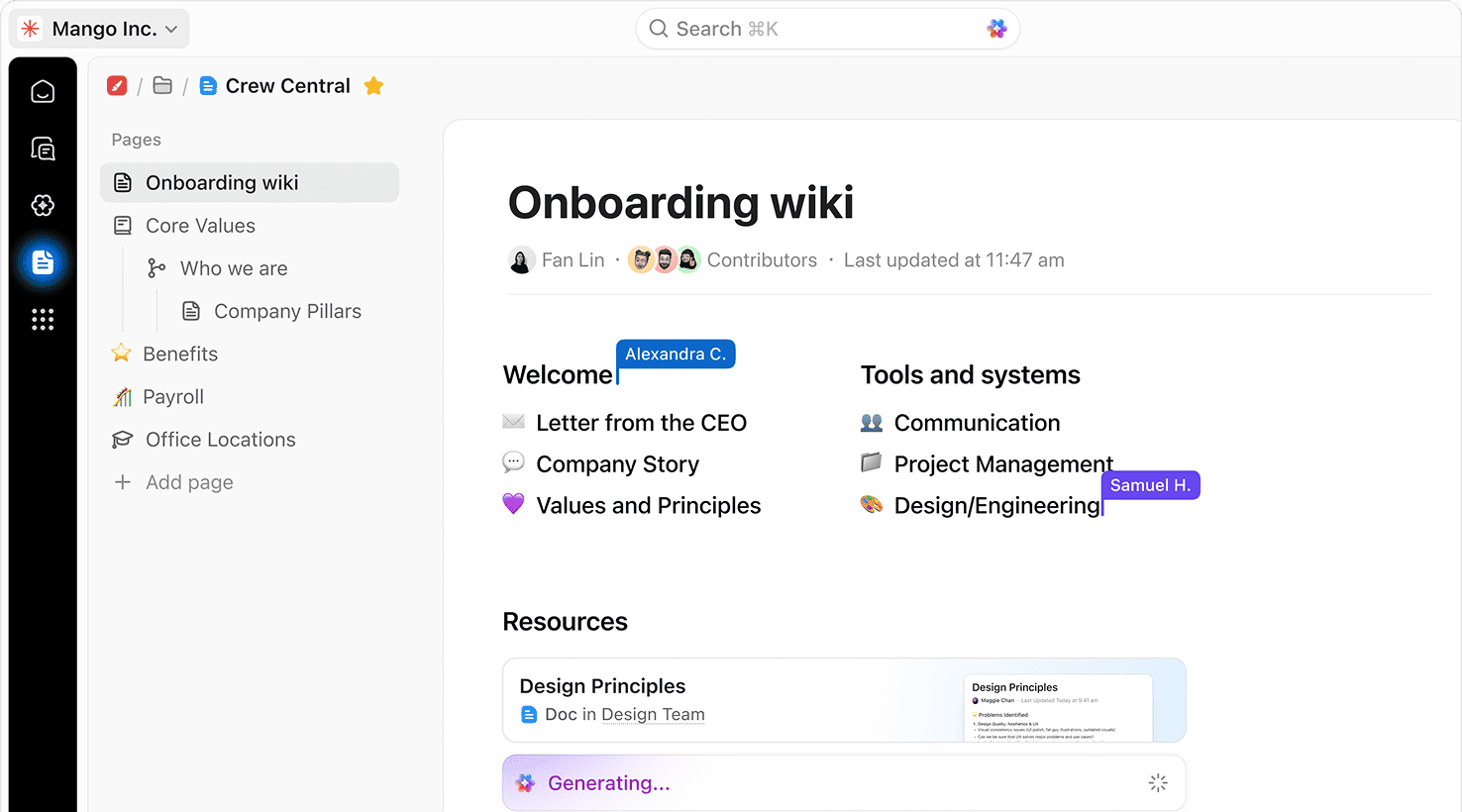
Use Case 2
Complex System Documentation for Engineering
Engineering leads leverage AI to outline intricate technical details, interfaces, and integration points.
The tool helps maintain up-to-date system specs that evolve with ongoing development, reducing handoff errors and technical debt.
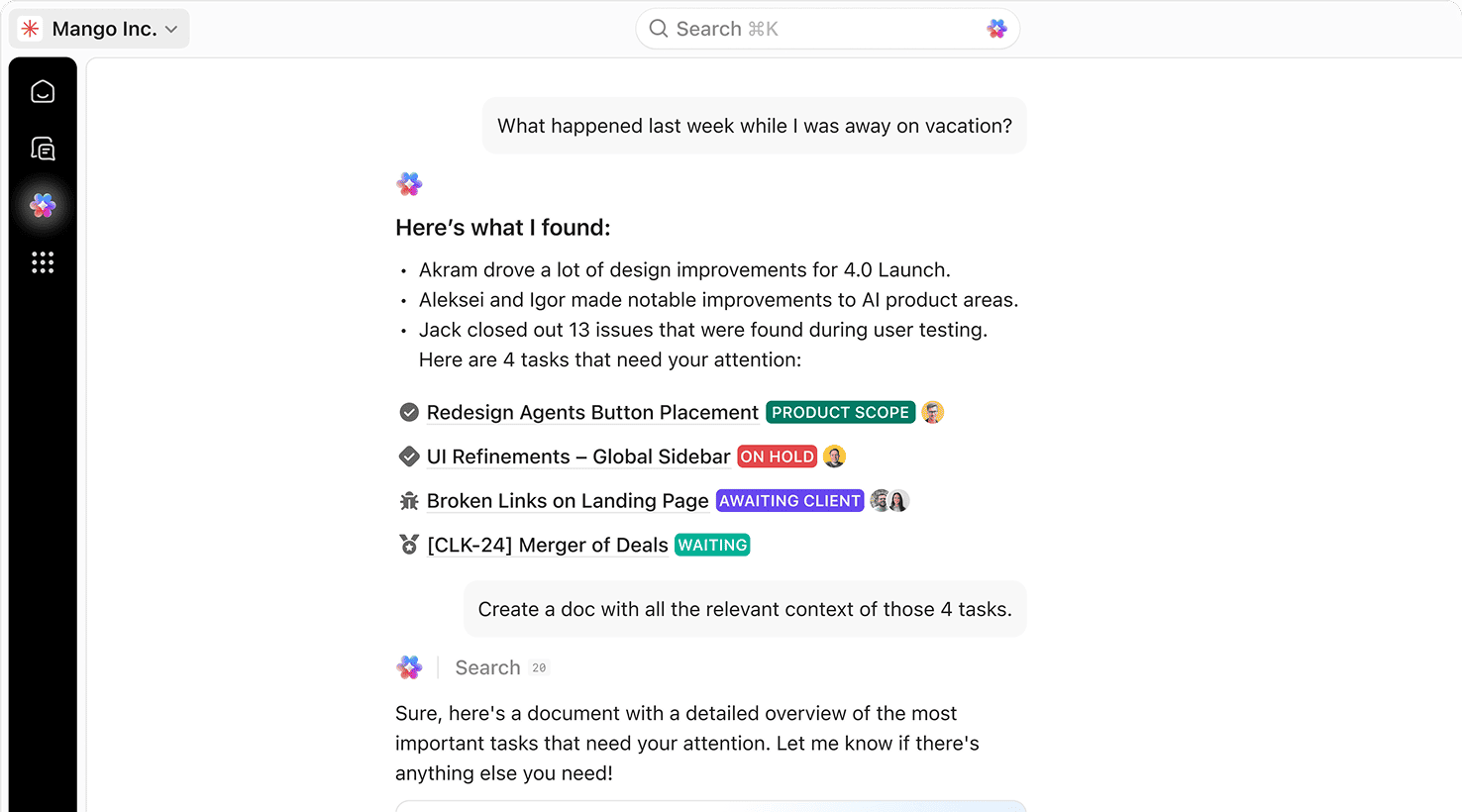
Use Case 3
Seamless Collaboration Across Teams
Cross-functional teams—including QA, DevOps, and UX—collaborate on specs within ClickUp, ensuring comprehensive coverage and shared understanding.
AI aids in consolidating feedback and maintaining version control effortlessly.
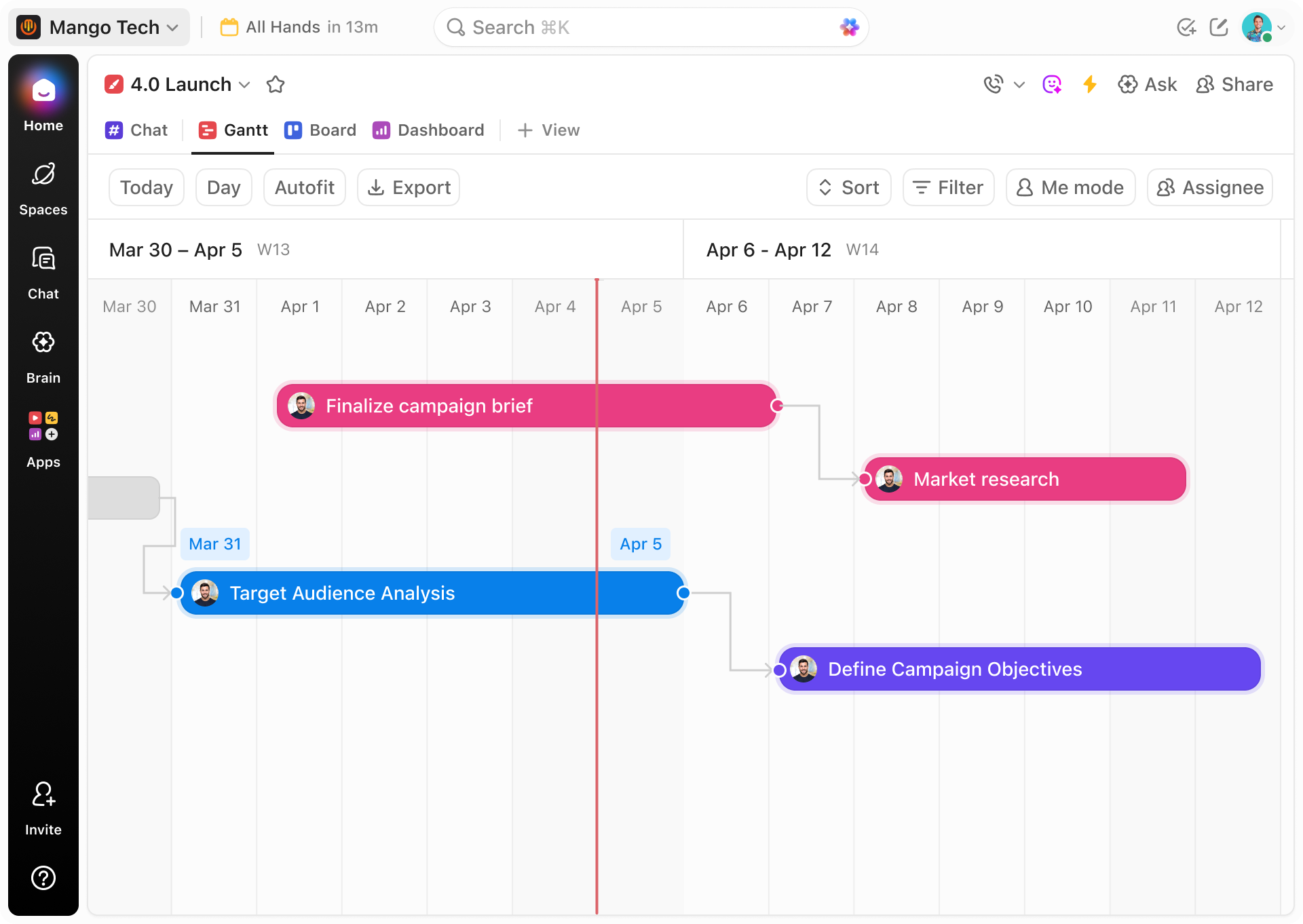
Core Features
What Defines an Effective AI Technical Specifications Doc Generator?
Explore six vital capabilities that empower teams to produce actionable and accurate technical specs.
Natural Language to Structured Docs
Translate plain-text inputs into organized technical documentation instantly.
Continuous Data Synchronization
Automatically reflect changes from project management tools without manual edits.
Deep Workflow Integration
Link specs directly to tasks, timelines, and code repositories for seamless traceability.
Flexible Template Customization
Adapt document layouts to suit diverse engineering standards and project needs.
Contextual Requirement Extraction
AI understands dependencies, constraints, and priorities from project data.
Collaborative Authoring and Feedback
Enable real-time editing, comments, and version tracking among stakeholders.
Elevate Your Technical Documentation
Design, update, and manage specs effortlessly—let AI handle complexity so you can focus on engineering excellence.





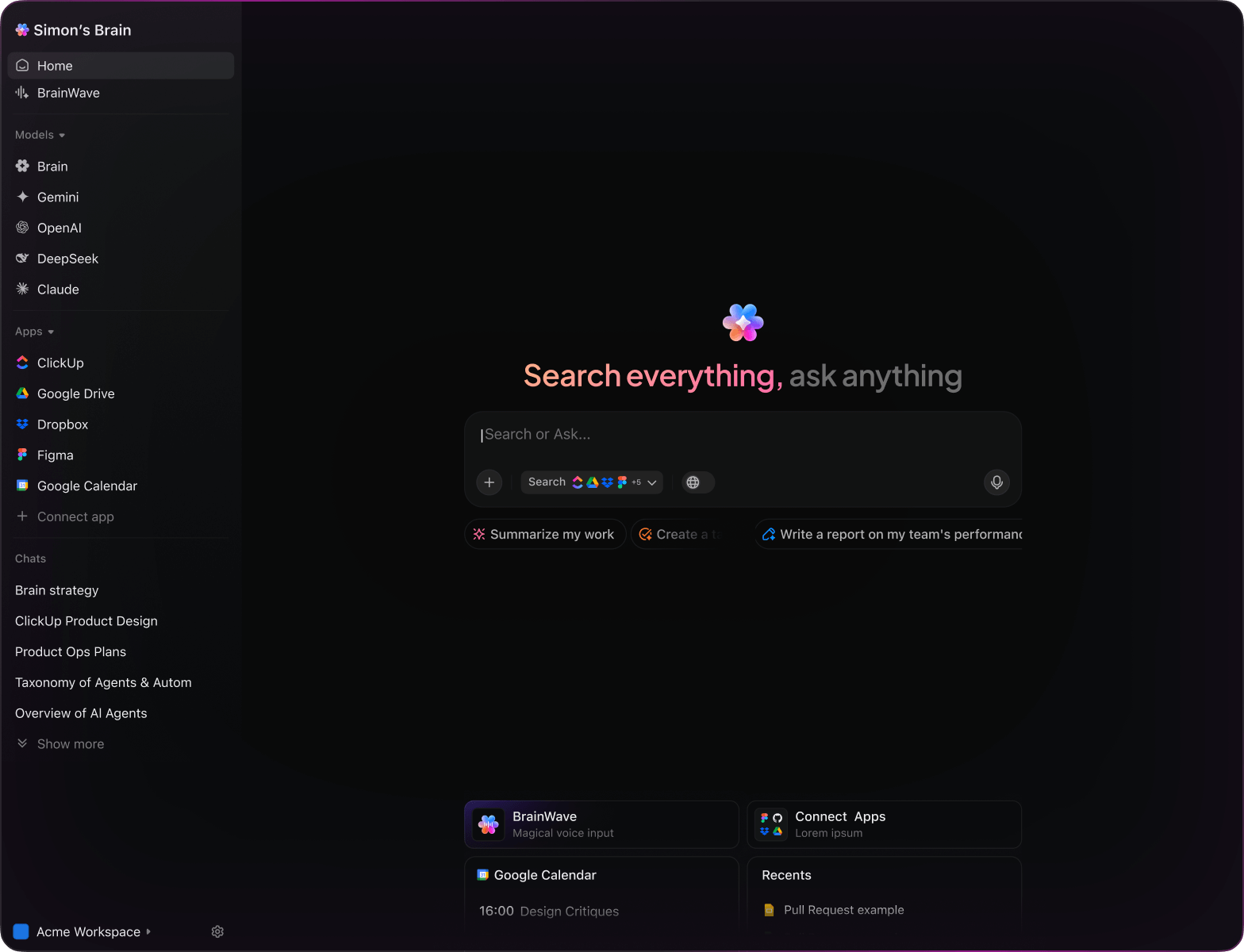
FAQs